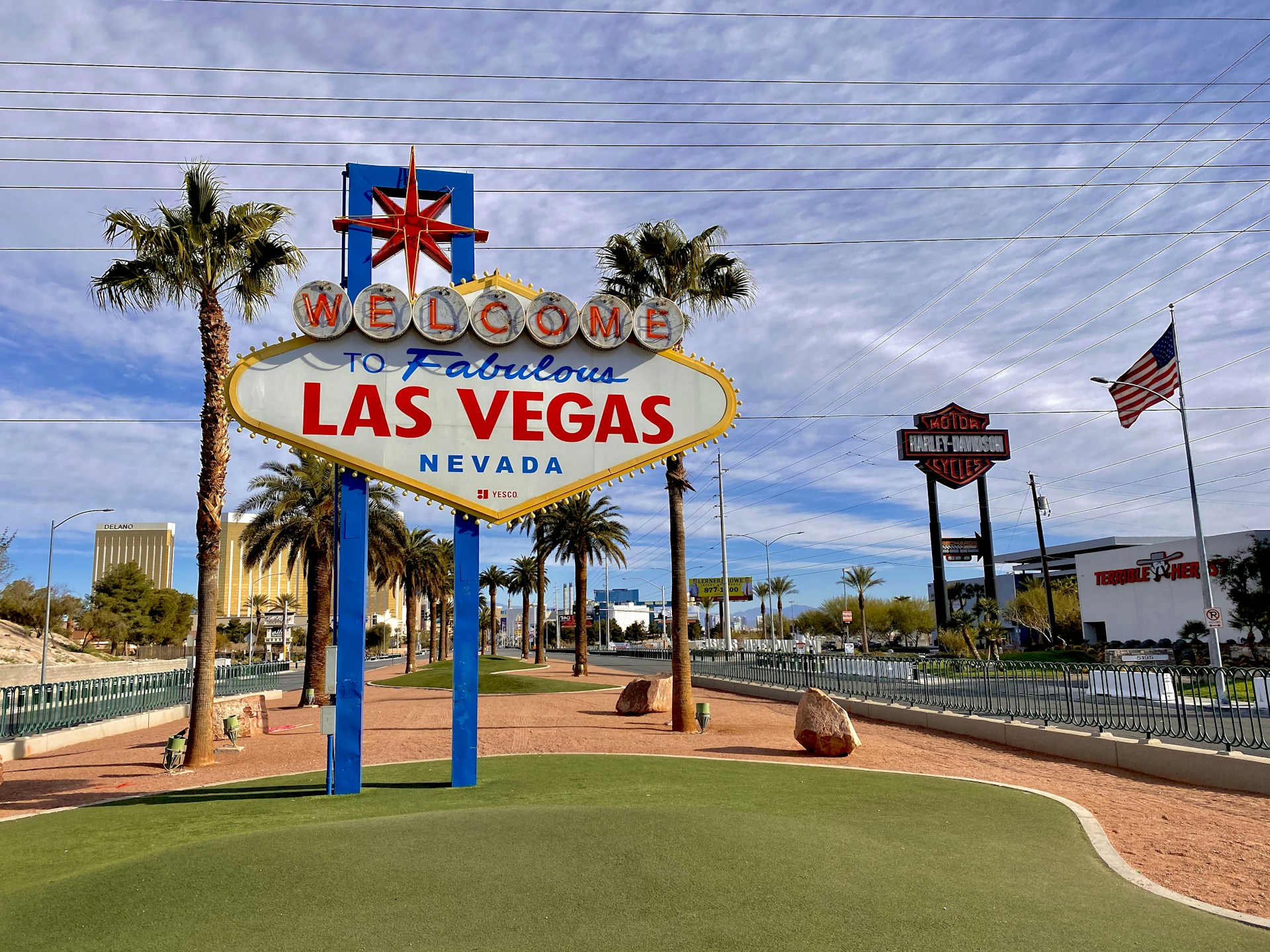
Welcome to Fabulous Las Vegas
The Sin City Evolution
Jerome Connell
11/20/20243 min read


The Wild History of Gambling in Las Vegas
Las Vegas—land of neon dreams, cocktail-fueled adventures, and fortunes won or lost with the flick of a card. But how did Sin City evolve from a dusty desert outpost to the global gambling mecca we know and love? Pull up a chair, grab a martini, and let’s shuffle through the history of gambling in Las Vegas. Spoiler alert: it’s a tale of visionaries, mobsters, and a technological revolution that turned slot machines into mini-casinos in your pocket.
The Spark in the Desert (Pre-1931): Wild West Roots
Before Vegas became the capital of glitz, it was little more than a railroad stop. In the early 1900s, Nevada’s wide-open spaces and sparse law enforcement made it a hotbed for underground gambling. But in 1910, state laws tightened, banning gambling entirely—cue the speakeasy-style backroom games that flourished despite the rules.
By 1931, with the Great Depression in full swing, Nevada saw the light—or maybe dollar signs—and legalized gambling. It was a Hail Mary for the state’s economy, and Las Vegas began its transformation from tumbleweed town to a land of perpetual jackpots.
Bugsy Siegel and the Mob (1940s–1950s): Glitter, Gangsters, and Glory
If Vegas had a Hall of Fame, Bugsy Siegel would be its controversial star. This dapper mobster-turned-visionary opened the Flamingo Hotel in 1946, creating the blueprint for the modern Las Vegas Strip. While his penchant for luxury drove up construction costs (and annoyed his mob backers), the Flamingo set a new standard for Vegas glitz.
But Bugsy wasn’t alone—mobsters like Meyer Lansky and Frank Costello turned Vegas into their playground. They funneled millions into building casinos like the Sands and the Tropicana, skimming profits while creating a tourist utopia. Despite the less-than-legal origins, the mob’s influence helped shape the entertainment-driven Vegas we know today.
Corporate Takeover (1960s–1980s): The Mob Bows Out
Enter Howard Hughes: billionaire, aviator, and eccentric recluse. Hughes swooped into Vegas in the 1960s, buying up casinos like he was collecting trading cards. His arrival marked the beginning of the corporate era, as legitimate businesses gradually pushed the mob out of Vegas. By the late 1980s, corporations like Caesars Entertainment and MGM Resorts had taken over, creating the mega-resorts that now dominate the Strip.
This era also saw the rise of themed hotels, from the Egyptian opulence of the Luxor to the medieval kitsch of Excalibur. Vegas was no longer just a gambling town—it was an all-encompassing entertainment capital.
The Tech Boom (1990s–Present): From Slot Machines to Smartphones
As the 1990s rolled around, Vegas casinos began embracing technology to enhance the gambling experience. Slot machines evolved from simple pull-lever contraptions into digital marvels with immersive graphics, themed games, and progressive jackpots. Remember when penny slots meant actual pennies? Not anymore.
The 2000s brought an even bigger game-changer: online gambling. Suddenly, you didn’t have to leave your couch to play poker or spin a roulette wheel. Vegas casinos adapted, integrating loyalty apps, virtual gaming options, and cashless systems to stay competitive.
And let’s not forget the rise of eSports and skill-based gaming machines, which appeal to a younger, tech-savvy crowd. Modern Vegas is a high-tech playground where gambling is just one part of the experience.
Vegas Today: A City That Reinvents Itself
Today, Las Vegas is a dazzling fusion of its colorful past and cutting-edge future. While you can still channel your inner Rat Pack at classic casinos like Caesars Palace, you can also explore futuristic venues like Resorts World, complete with AI-powered features and digital concierge services.
Vegas isn’t just about gambling anymore—it’s a hub for world-class dining, jaw-dropping shows, and Instagram-worthy spectacles. But through it all, one thing remains constant: the city’s ability to make every visitor feel like a high roller, if only for a weekend.
Why Vegas is Forever
From its mobster-fueled heyday to its tech-savvy present, Las Vegas has always been a city of reinvention. It’s a place where fortunes are made, dreams are shattered, and the cocktails are always free—well, almost.
So next time you’re strolling down the Strip, remember: every neon sign and jackpot bell carries a piece of history. And if the slots don’t pay off, at least you’ll leave with a story worth telling.
What happens in Vegas may stay in Vegas, but its legacy? That’s here to stay.
